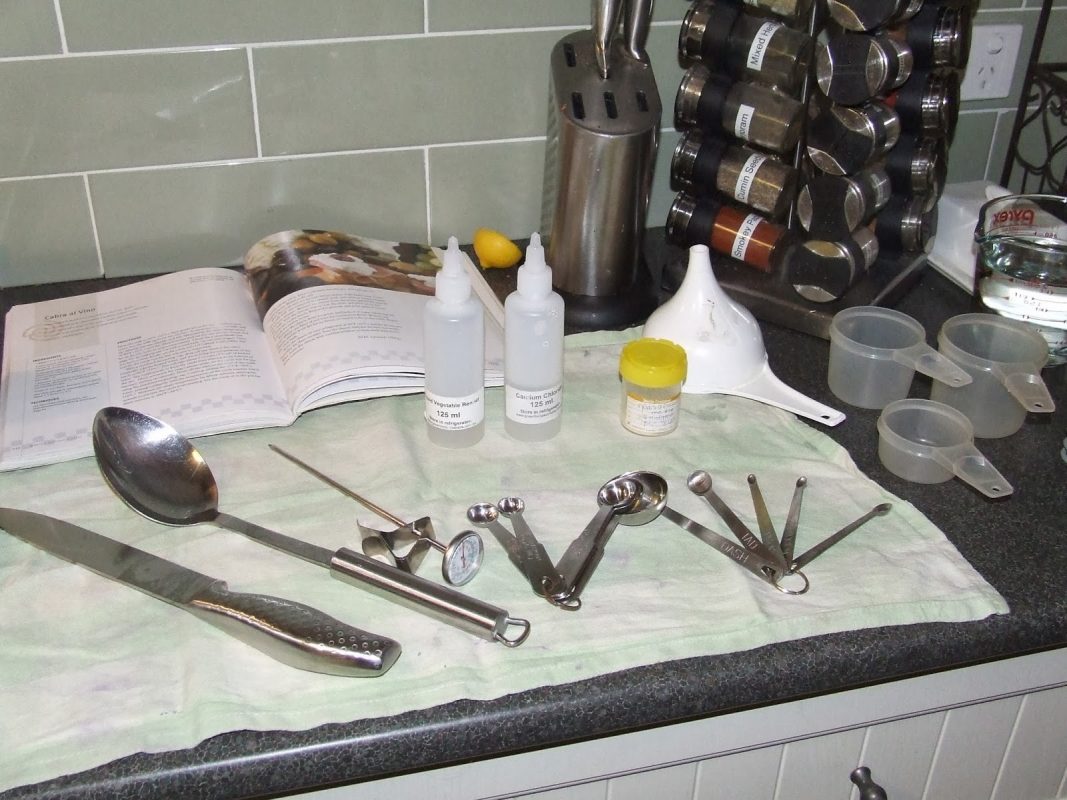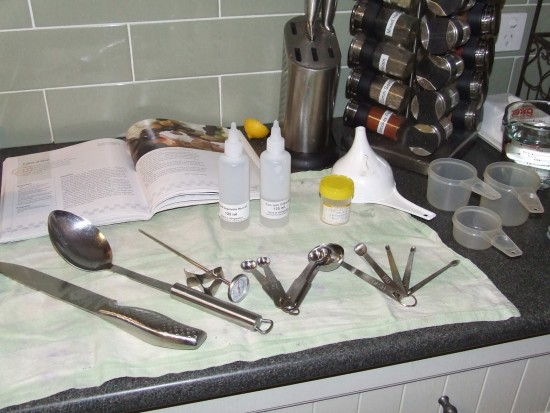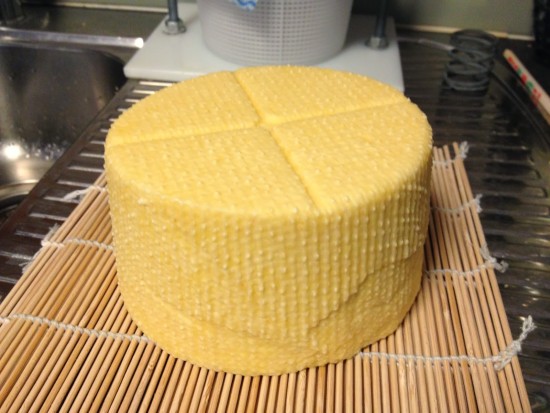Cheese Making
4 Hygiene Tips Every Home Cheese Maker Should Know
Cheese making at home is fun and a rewarding hobby, so why would you want to spoil things by being lax with hygiene or sanitisation?
Have you ever asked yourself these three questions?
- Why is my cheese looking bad?
- Why does my cheese have an off smell?
- Why do I felt sick after eating my cheese?
Well if you have ever thought this, then chances are that you need to be more diligent with your hygiene and sanitisation techniques before and during your cheese making process.
Let me share 4 hygiene tips every home cheese maker should know. I use these simple tips to sanitize my cheesemaking equipment before every session.
1. Wash your hands! – Often we touch the milk, curds, and whey during the cheesemaking process, so we must ensure that our hands are thoroughly clean. Soap and water is one of the easiest way to remove bacteria from our hands. Just make sure you get under your nails, clean under any rings that you cannot remove, and wash the back of your hands as well. You would be surprised to find that many people don’t remember this simple step.
2. Boiling – Boiling is a great way to kill bacteria that may be lurking on some of your equipment. At the start of each session I fill my cheese making pot with roughly 1 litre of water, place in my large stirring spoon, whisk, curd knife, sushi mats, dairy thermometer, and cheesecloth. Then I bring the water to a boil and keep boiling for 15 minutes, not a minutes less.
3. Sanitizing – A weak bleach (sodium hypochlorite) solution is the preferred method of sanitisation for things that cannot be boiled. Other plastic items and your colander can either be soaked in a Milton solution made up in accordance with the instructions on the bottle, or in a weak household bleach solution.
Mix up 40 ml (2 Tablespoons) of liquid household bleach (4% to 6% available chlorine) to four litres of potable tap water and soak all your equipment for 5 minutes. Remove and rinse well with cold potable water. You can also wipe down any work surfaces and your sink with this solution to ensure a clean environment.
4. White Vinegar (5% acetic acid) – Alternatively, for a more eco-friendly method, you can fill a trigger bottle with white vinegar to spray your work surfaces and sinks if you do not wish to use bleach. You can also spray your hands with vinegar before handling any curd or pressed cheese to avoid mould and yeast contamination. Just be aware that vinegar is not as effective at killing antibiotic-resistant bacteria as a bleach solution is. Which is okay, because most antibiotic-resistant bacteria are found in hospitals, and not your kitchen! You can find more ways to use vinegar in this article “27 Tips & Recipes for Cleaning with Vinegar”
A word of warning; Do NOT mix bleach and vinegar as it creates chlorine gas.
So when you start your cheese making session with a clean area, hands, and tools, you stand a better chance of producing a superior cheese. The last thing you want to do is risking the health of your friends or family.
Following these four simple rules will put you one step closer to that perfect cheese!




